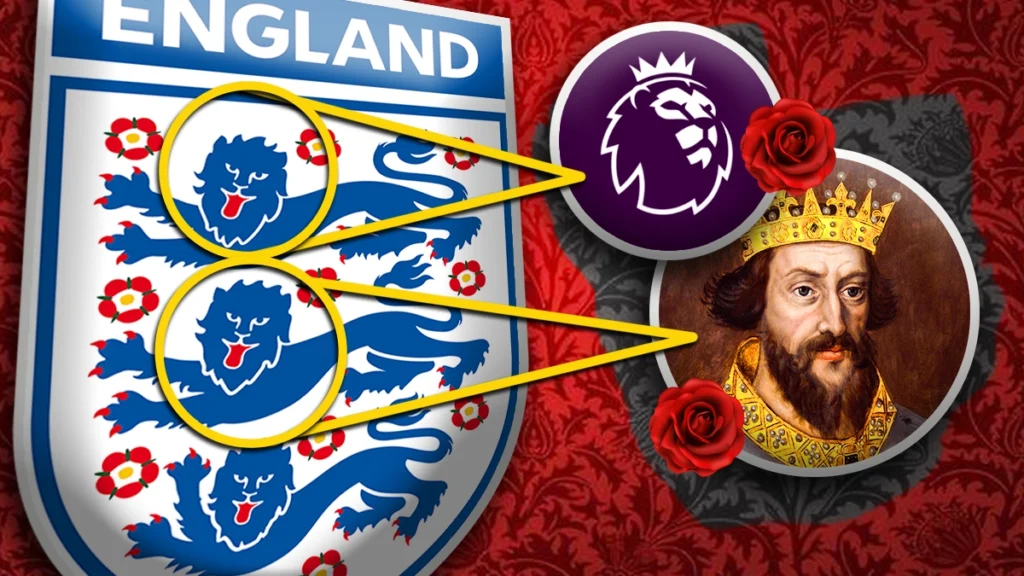What is the meaning of the 3 lions on England badge? Every flag in the world has a story behind it, oftentimes it’s a truly heartfelt one that explains perfectly why a country decided to use a certain design for their flag. The same can be said for the various badges on different country jerseys, whether basketball, cricket or football, every country has a unique badge based on the sport and stories behind them.
Meaning of the 3 lions on England badge
The thing is, a lot of people tend to not even know what the story behind these badges are, but look no further because that’s why Blogs like ours exist.
Shop jerseys here: Goal90.shop
The Three Lions
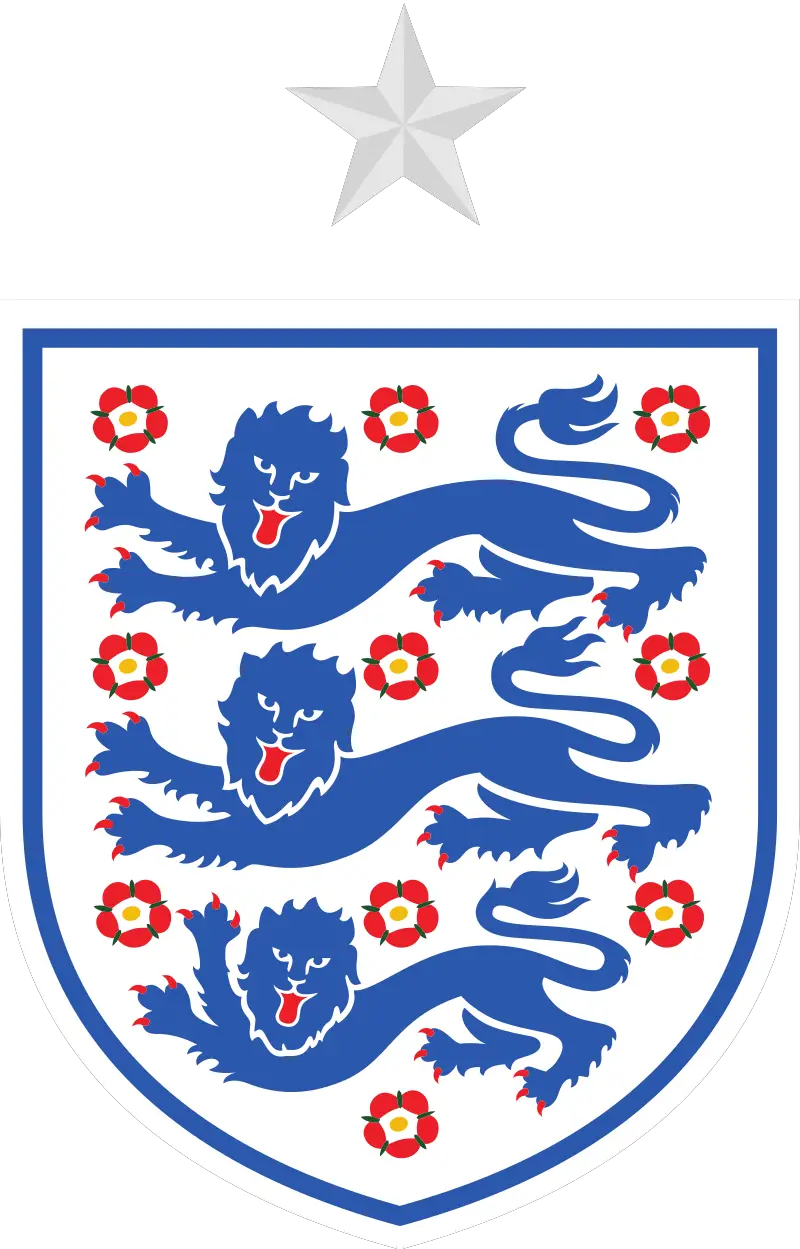
England’s football team has had this nickname for over 100 years and it’s easy to see why given the three lions on their crest. But are they even really lions? More on that in a while. First we need to go way back in time as we try to understand why exactly England decided to use the three lions as their badge.
The current crest is the official emblem of the English Football Association and was established in the year 1863. Ever since then, the nickname has stuck. Visually, the badge features three lions, one on top of the other vertically, with ten roses dotted in between the gaps. The badge has been the same since their first ever fixture against Scotland in 1872.

So, Why exactly did they adopt this design? Could it simply be because lions represent power and strength or could there be an even more hidden meaning?
Well according to our research, there are two meanings to the crest. The one thing in common is the long, regal history as to why England has become synonymous with the three lions. The first story goes that once upon a time, on a 12th-century battlefield, English soldiers would carry flags with three gold lions on a red background, to inspire them in battle. These flags were their sigils, like those in the popular show Game of Thrones. These flags would serve as inspiration for many soldiers and royals, eventually leading to the crest we see today.
The second and more hidden meaning behind the badge comes from early royals dating as far back as the 12th century too. Apparently, each of the three lions has a different meaning. The first represents King Henry I, who ruled the country from 1100 to his death in 1135 and was widely known as the Lion of England.

Following his coronation, the King added a lion to the Royal Arms of England and when he got married to Adeliza of Louvain in 1121, he demanded a second lion be added to the Royal Arms to honor his father-in-law, Godfrey I, Count of Louvain.

The third lion wasn’t added until 1154 when King Henry II – grandson of Henry I – married Eleanor of Aquitaine. Henry II implemented it to honour his wife as her family also had a lion on their crest. The constant addition therefore gave us the visual for three lions we see today on the England national team crest.

That’s not all though as if you look at the badge closely, you will also notice ten roses, something that was not added until 1949. Let us explain why these roses are used. When the FA came into existence, they needed to find a way to further mirror England’s heritage in their crest. Alongside the famous lions, they chose ten red roses, which are believed to be a nod to the War of the Roses between Yorkshire and Lancashire.
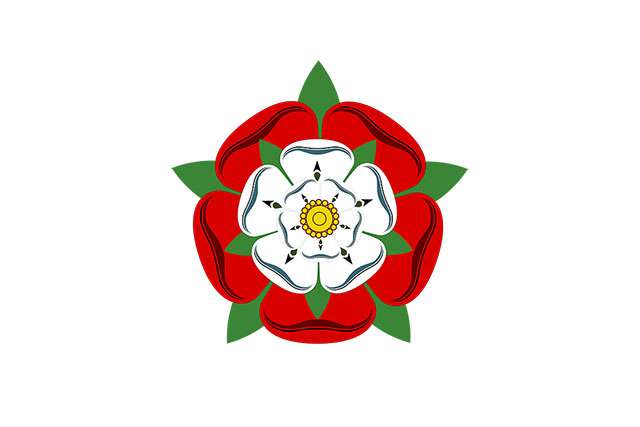
These Tudor roses are the traditional floral heraldic emblem of England and take their name from the House of Tudor, which united the House of Lancaster and York after the War of the Roses (1455-1487).
Furthermore, 10 was a fitting number to represent the 10 divisions of Football Association members at the time.
Lastly we have the gold star at the top of the badge, something fans feel great pride in as it represents England’s 1966 World Cup triumph.
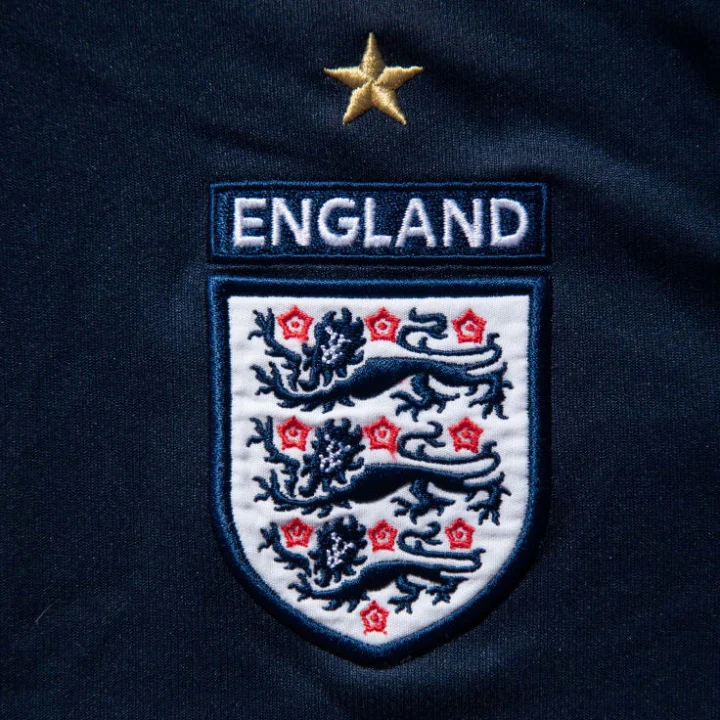
All that put together gives us the iconic crest we see today but one crazy fact is that back in the 12th century the original design was actually described as three leopards. This was because a creature, walking with his head turned (as they do on England’s crest) was described as a ‘leopard’ instead of a lion back then. But I think we can all agree that three leopards doesn’t really have the same ring to it as the three lions.
England’s fascination with lions spans beyond football though as in addition to it being the logo of both the FA and Premier League, it also proudly adorns the English cricket board logo and The Great Britain Olympics team emblem. It is also interesting to note that these organizations have to ask the Royal Family for permission whenever they need to use it for a new purpose.

Despite the evidence of its long history with England, the lion still happens to be a popular choice for team crests in world football.
Netherlands for example have featured a solitary lion on their badge for over 100 years. The Dutch Football Association’s (KNVB) logo has a Dutch Republic Lion on it and the animal first made its way onto an Oranje jersey in 1907 during a 3-1 win over Belgium. The Dutch wanted to show that they were brave and strong but additionally, it is also a historic symbol since Charles V, Holy Roman Emperor, first used the lion back in 1515 during his reign of the region that is now known as the Netherlands. The animal has remained a prominent part of the coat of arms of the nation ever since.
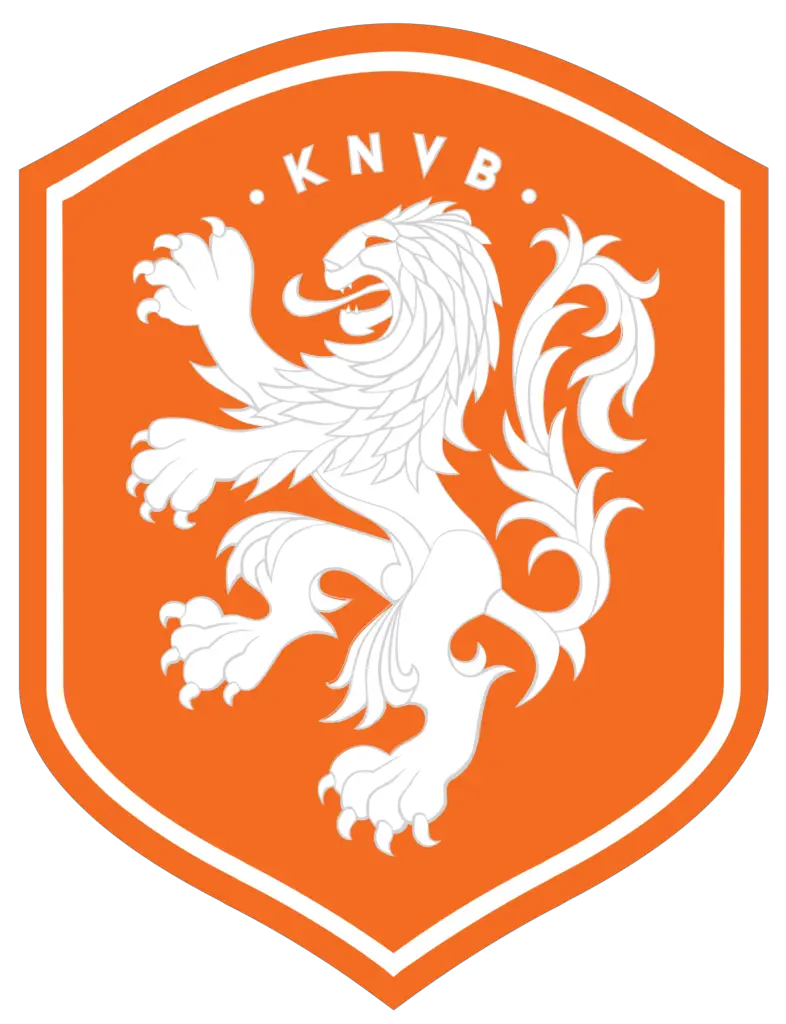
Cameroon happens to be another country but they take it a step further than the Dutch given their nickname also involves the lion on their badge. They are known as the ‘indomitable lions’ in the football world and the lion is also the national animal of the country.
The definition of indomitable is “impossible to subdue or defeat” leading president Ahmadou Ahidjo – the first president of the United Republic of Cameroon – to add the word to their original nickname of just lions to ensure they were more recognisable and impressive. This change paid off as Cameroon has remained one of Africa’s best football teams for years now even beating Brazil in the most recent world cup.
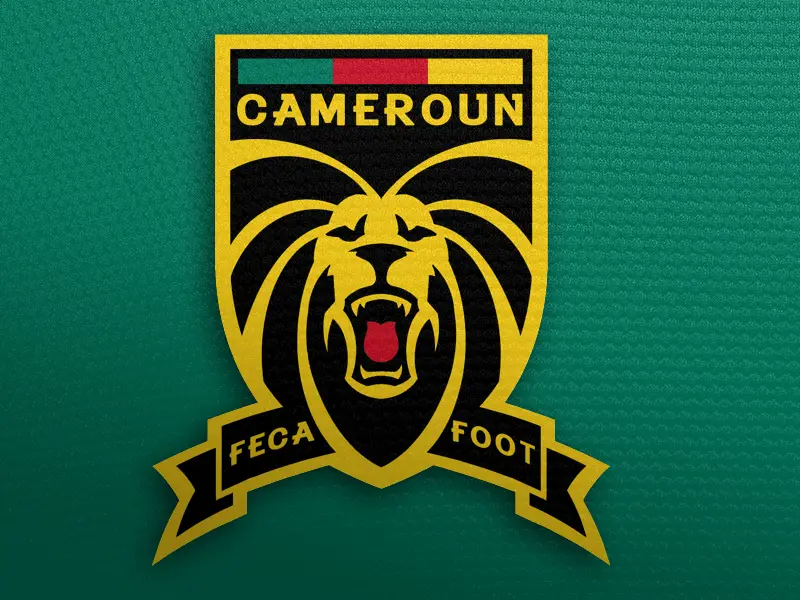
There you have it, now you know the importance of the lion to not only England but the Netherlands and Cameroon too. What animal would you use on a crest if you had the chance?
Let us know in the comments.

